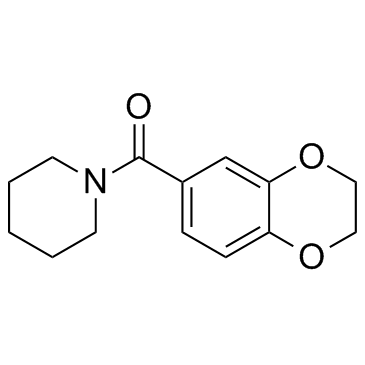Micro-electrode array recordings reveal reductions in both excitation and inhibition in cultured cortical neuron networks lacking Shank3.
C Lu, Q Chen, T Zhou, D Bozic, Z Fu, J Q Pan, G Feng
Index: Mol. Psychiatry 21 , 159-68, (2016)
Full Text: HTML
Abstract
Numerous risk genes have recently been implicated in susceptibility to autism and schizophrenia. Translating such genetic findings into disease-relevant neurobiological mechanisms is challenging due to the lack of throughput assays that can be used to assess their functions on an appropriate scale. To address this issue, we explored the feasibility of using a micro-electrode array (MEA) as a potentially scalable assay to identify the electrical network phenotypes associated with risk genes. We first characterized local and global network firing in cortical neurons with MEAs, and then developed methods to analyze the alternation between the network active period (NAP) and the network inactive period (NIP), each of which lasts tens of seconds. We then evaluated the electric phenotypes of neurons derived from Shank3 knockout (KO) mice. Cortical neurons cultured on MEAs displayed a rich repertoire of spontaneous firing, and Shank3 deletion led to reduced firing activity. Enhancing excitation with CX546 rescued the deficit in the spike rate in the Shank3 KO network. In addition, the Shank3 KO network produced a shorter NIP, and this altered network firing pattern was normalized by clonazepam, a positive modulator of the GABAA receptor. MEA recordings revealed electric phenotypes that displayed altered excitation and inhibition in the network lacking Shank3. Thus, our study highlights MEAs as an experimental framework for measuring multiple robust neurobiological end points in dynamic networks and as an assay system that could be used to identify electric phenotypes in cultured neuronal networks and to analyze additional risk genes identified in psychiatric genetics.
Related Compounds
| Structure | Name/CAS No. | Molecular Formula | Articles |
|---|---|---|---|
 |
CX546
CAS:215923-54-9 |
C14H17NO3 |
|
Ketamine-induced antidepressant effects are associated with ...
2014-09-01 [Eur. Psychiatry 29(7) , 419-23, (2014)] |
|
Benzamide-type AMPA receptor modulators form two subfamilies...
2002-12-01 [J. Pharmacol. Exp. Ther. 303 , 1075-1085, (2002)] |
|
Allosteric modulation of AMPA-type glutamate receptors incre...
1998-03-03 [Proc. Natl. Acad. Sci. U. S. A. 95 , 2597-2602, (1998)] |
|
Ampakines: Labelling with 11C for PET distributio...
[J. Labelled Comp. Radiopharm. 40 , 645-647, (1997)] |